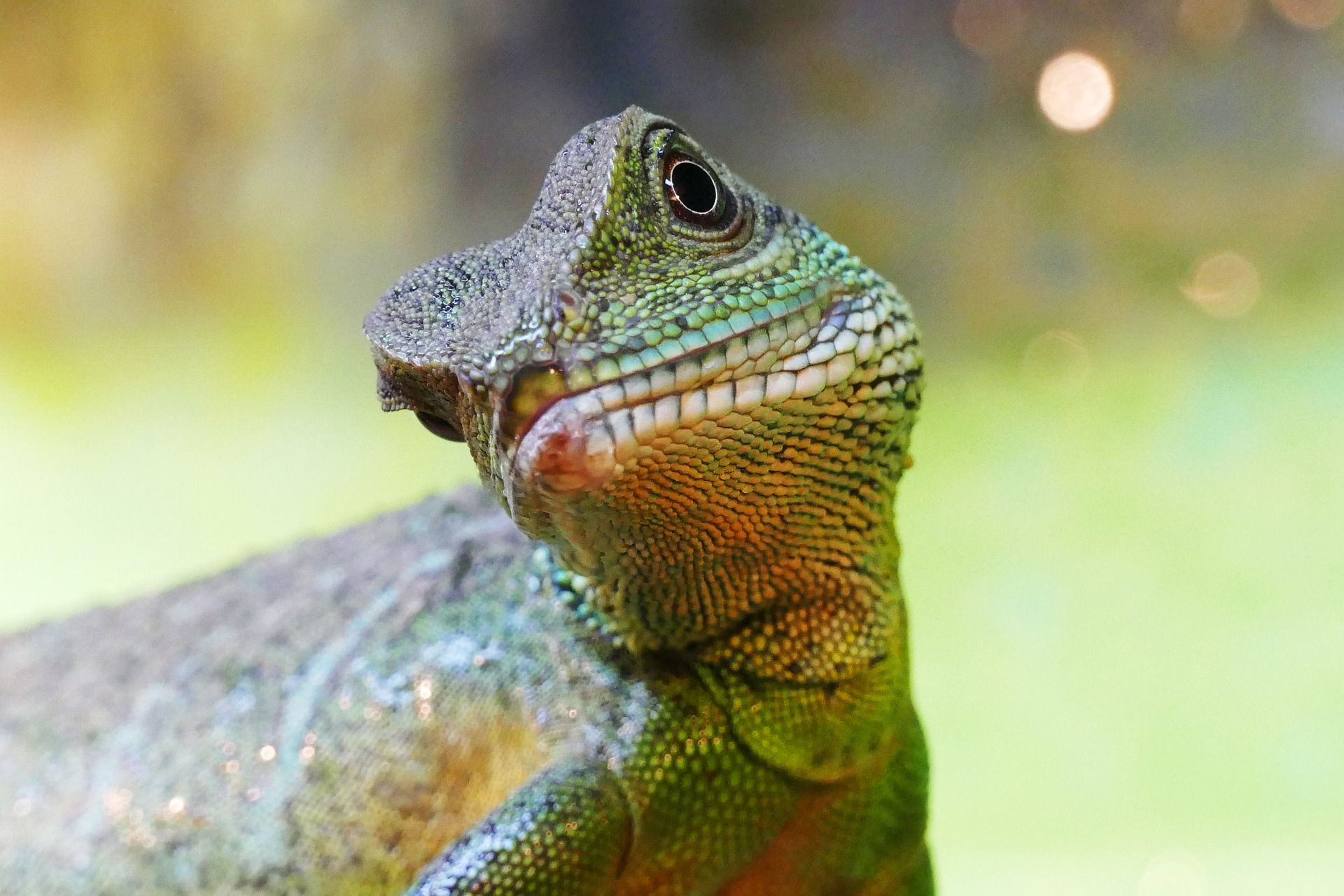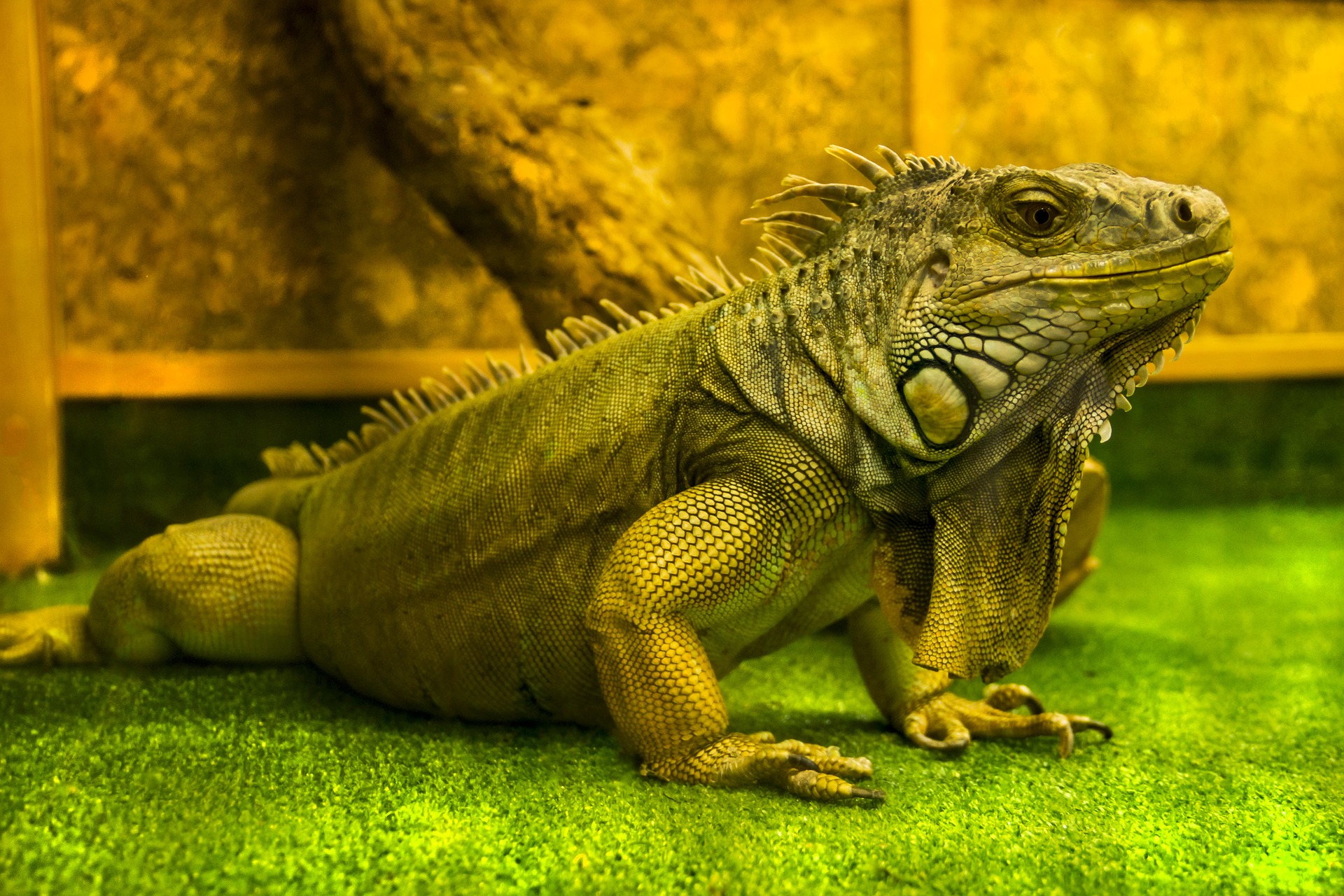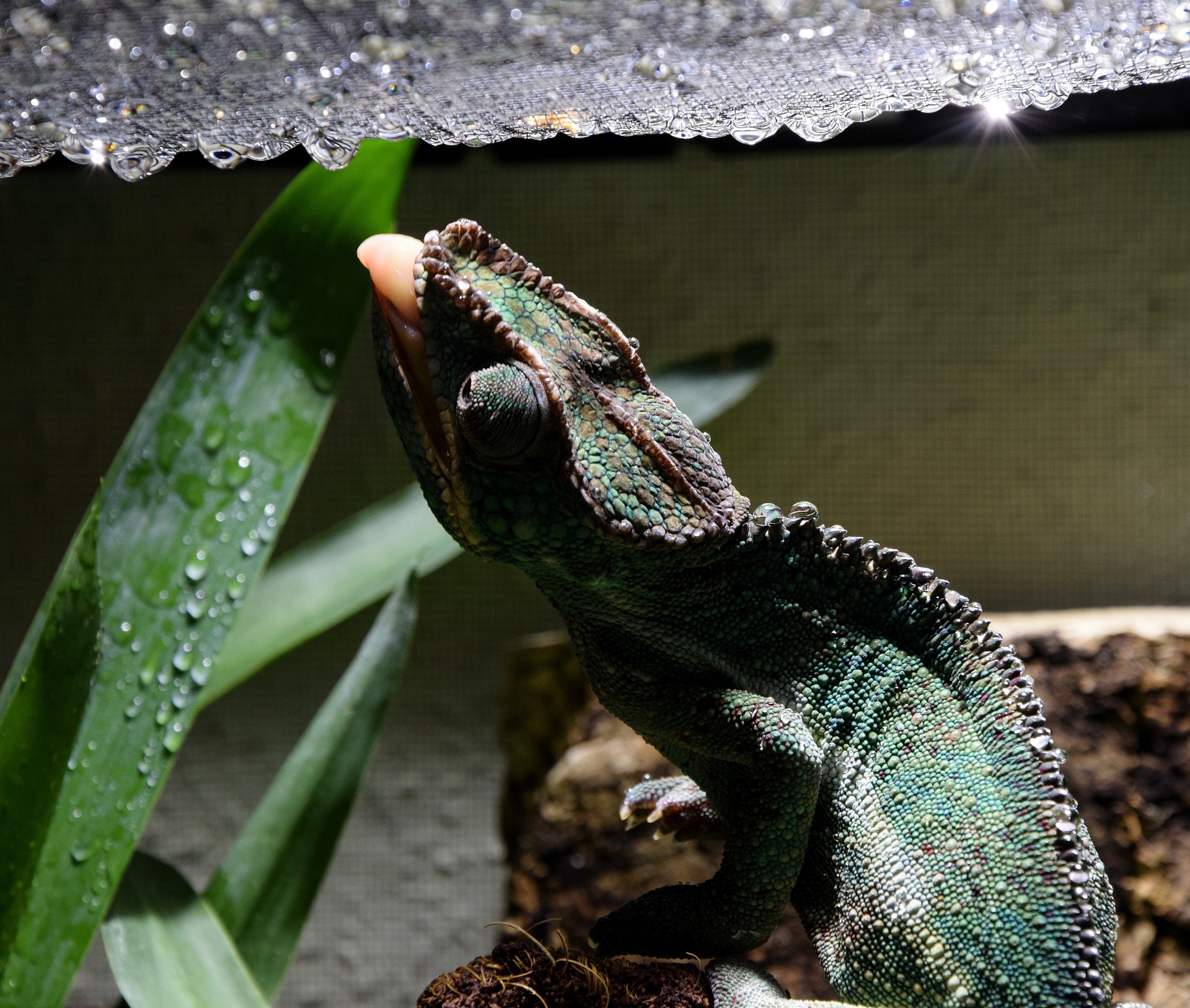
What do you think of when you think about substrate for your exotic pet? Most likely, you picture loose material like gravel, sand, or wood chips. Or maybe tiles come to mind.
But did you know there’s actually another option? You can use terrarium liners on the bottom of the cage for your reptile or amphibian.
Check out the pros and cons of this type of substrate and how you use it.
What to know about terrarium liners
Terrarium liners are popular with new herp owners because they are easy to take care of. You just cut the liner (also called reptile carpet) to the size of your tank and lay it out across the bottom. They’re easy to customize for size and shape when you’re planning a terrarium setup.
Liners are also easy to clean. You pull the whole liner out of the terrarium, clean it with a combination of vinegar and water, and then rinse it off. You should leave it to air dry before returning it to your pet’s enclosure. No scooping needed. A lot of herp owners who use these keep two around so they can switch them out during cleanings.

Now, you can actually use these liners by themselves for some pets, but another option is to use them below a loose substrate to make cleaning easier. If you use them solo, know that they are safe for your pet and are treated to reduce odors.
Which pets does terrarium liner work for?
If you’re going to use the terrarium liner as a protective layer below other substrate, then it can be used with any amphibian or reptile species, no problem. The cohesive layer will prevent missed food or feces from hiding underneath and creating a nasty smell. And it’s perfectly safe as long as you clean it during regular tank cleaning.
As for using it by itself, it works fine for most species with normal to low humidity requirements, like desert species.
You see, one issue with terrarium liner is that it doesn’t hold humidity well. So for species that prefer a humid environment, you may want to consider a substrate that will help create the right environment by holding onto moisture. That’s why reptile carpet is not the best option as a standalone liner in chameleon or tree frog tanks, despite the fact that they spend little time on the bottom of their tanks.

Many lizards, including bearded dragons, leopard geckos, and uromastyx, do well with a reptile carpet. Some owners prefer a loose substrate for herps that like to dig, but you can still use a liner in these cases. Just be sure to provide your pet with other ways to stimulate their digging behavior.
The bottom line is terrarium liners are an inexpensive, safe, and easy to use substrate, but a lot of long-term herp keepers don’t like the unnatural appearance. It really depends on what kind of habitat aesthetic you are trying to create. Check out liners and other substrate options at The Tye-Dyed Iguana.
